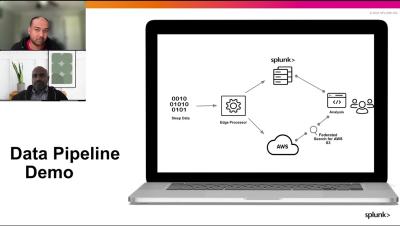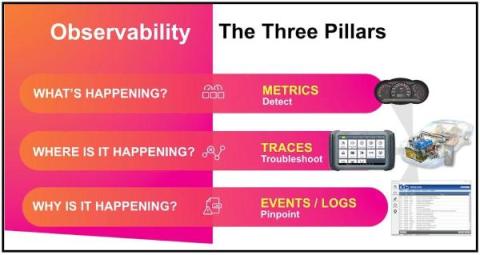Take Back Control of Your Workflows, Data, and Costs with Splunk Observability
Engineering and ITOps teams have an important mission: keeping their software and digital systems performing and reliable. But as we’re about to embrace a new year full of changes, industry shifts, and AI developments, this mission is challenged by increasingly complex environments, technology alternatives, and an overwhelming number of tools available. The result? Overages, tool sprawl, and toil, which all lead to longer times to detect and resolve issues.







